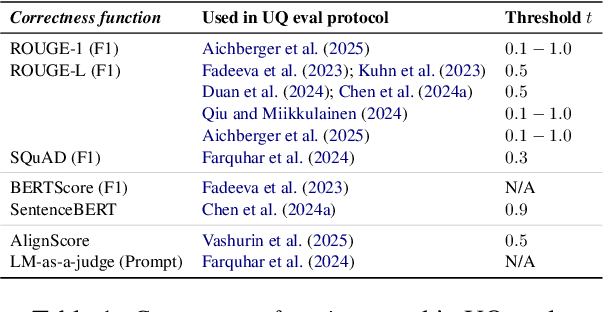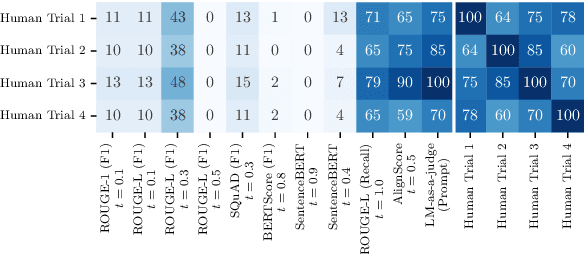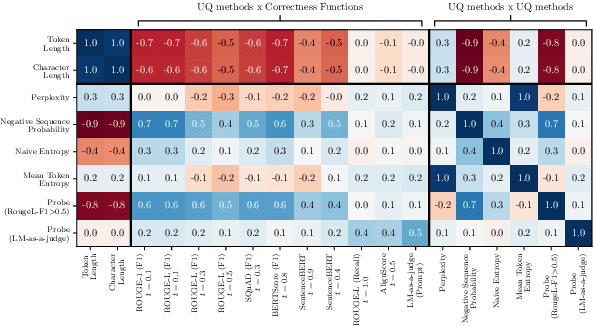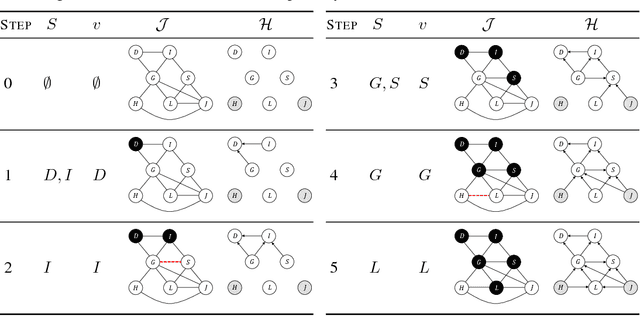Adam Golinski
Is Your Model Fairly Certain? Uncertainty-Aware Fairness Evaluation for LLMs
May 29, 2025Abstract:The recent rapid adoption of large language models (LLMs) highlights the critical need for benchmarking their fairness. Conventional fairness metrics, which focus on discrete accuracy-based evaluations (i.e., prediction correctness), fail to capture the implicit impact of model uncertainty (e.g., higher model confidence about one group over another despite similar accuracy). To address this limitation, we propose an uncertainty-aware fairness metric, UCerF, to enable a fine-grained evaluation of model fairness that is more reflective of the internal bias in model decisions compared to conventional fairness measures. Furthermore, observing data size, diversity, and clarity issues in current datasets, we introduce a new gender-occupation fairness evaluation dataset with 31,756 samples for co-reference resolution, offering a more diverse and suitable dataset for evaluating modern LLMs. We establish a benchmark, using our metric and dataset, and apply it to evaluate the behavior of ten open-source LLMs. For example, Mistral-7B exhibits suboptimal fairness due to high confidence in incorrect predictions, a detail overlooked by Equalized Odds but captured by UCerF. Overall, our proposed LLM benchmark, which evaluates fairness with uncertainty awareness, paves the way for developing more transparent and accountable AI systems.
Revisiting Uncertainty Quantification Evaluation in Language Models: Spurious Interactions with Response Length Bias Results
Apr 18, 2025



Abstract:Uncertainty Quantification (UQ) in Language Models (LMs) is crucial for improving their safety and reliability. Evaluations often use performance metrics like AUROC to assess how well UQ methods (e.g., negative sequence probabilities) correlate with task correctness functions (e.g., ROUGE-L). In this paper, we show that commonly used correctness functions bias UQ evaluations by inflating the performance of certain UQ methods. We evaluate 7 correctness functions -- from lexical-based and embedding-based metrics to LLM-as-a-judge approaches -- across 4 datasets x 4 models x 6 UQ methods. Our analysis reveals that length biases in the errors of these correctness functions distort UQ assessments by interacting with length biases in UQ methods. We identify LLM-as-a-judge approaches as among the least length-biased choices and hence a potential solution to mitigate these biases.
Feedback Recurrent Autoencoder for Video Compression
Apr 09, 2020



Abstract:Recent advances in deep generative modeling have enabled efficient modeling of high dimensional data distributions and opened up a new horizon for solving data compression problems. Specifically, autoencoder based learned image or video compression solutions are emerging as strong competitors to traditional approaches. In this work, We propose a new network architecture, based on common and well studied components, for learned video compression operating in low latency mode. Our method yields state of the art MS-SSIM/rate performance on the high-resolution UVG dataset, among both learned video compression approaches and classical video compression methods (H.265 and H.264) in the rate range of interest for streaming applications. Additionally, we provide an analysis of existing approaches through the lens of their underlying probabilistic graphical models. Finally, we point out issues with temporal consistency and color shift observed in empirical evaluation, and suggest directions forward to alleviate those.
Faithful Inversion of Generative Models for Effective Amortized Inference
Oct 24, 2018



Abstract:Inference amortization methods share information across multiple posterior-inference problems, allowing each to be carried out more efficiently. Generally, they require the inversion of the dependency structure in the generative model, as the modeller must learn a mapping from observations to distributions approximating the posterior. Previous approaches have involved inverting the dependency structure in a heuristic way that fails to capture these dependencies correctly, thereby limiting the achievable accuracy of the resulting approximations. We introduce an algorithm for faithfully, and minimally, inverting the graphical model structure of any generative model. Such inverses have two crucial properties: (a) they do not encode any independence assertions that are absent from the model and; (b) they are local maxima for the number of true independencies encoded. We prove the correctness of our approach and empirically show that the resulting minimally faithful inverses lead to better inference amortization than existing heuristic approaches.
 Add to Chrome
Add to Chrome Add to Firefox
Add to Firefox Add to Edge
Add to Edge